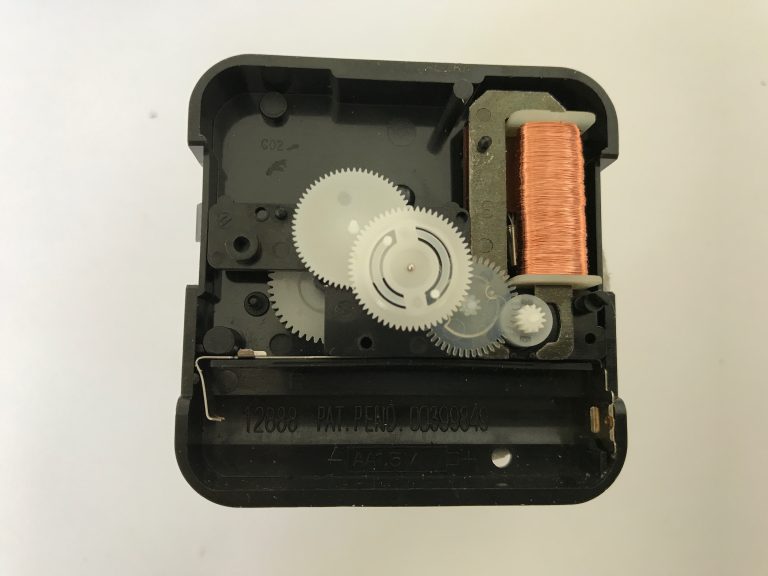

In my opinion mechanical watchmaking is perhaps the most perfect blend of tradition, precision engineering, and art.

Mechanical movements are the heart and soul of horology, and part of the beauty is that when cared for properly, they have extraordinary longevity owing to the quality of the work that goes into creating them and ensuring that they are indeed accurate. Today we commonly find rotors in automatic movements, which are now available in different styles and aesthetics including peripheral and even micro-rotors.Īutomatic movements also include a mechanism to ensure that springs are not overly wound to the point of damaging the movement, and as such can often be manually wound via the crown, too, although this varies from movement to movement and so it is always advisable to check first. This was invented in 1780 by Abraham-Louis Breguet, who incorporated an oscillating weight in his perpétuelle pocket watches that moved with the pocket watch itself, and subsequently wound the spring. There are some exceptions to this crown-base winding, such as the Hublot MP-05 LaFerrari the movement offers a 50-day power reserve and such is the torque required to wind the movement that you are provided a tool resembling a small drill to use! Automatic movementsĪ natural evolution of the mechanical manual-wind watch, the automatic movement includes an innovation which supersedes the need to manually wind the spring on a regular basis to keep the watch running. In early pocket watches this was completed by using a special key, although this eventually transitioned to being via the crown which is the method most common in mechanical manual-wind watches today. ‘Manual-wind’ here refers to the process by which the spring in the barrel is wound tight – the source of energy that makes the watch work. The first pocket watches and clocks made were done so with mechanical, manual-wind movements. This same spring is generally used to drive pieces with multiple complications, although some modern pieces have multiple barrels, and therefore multiple springs, which are sometimes used to separately drive different functions of the watch. This release of energy is regulated by the escapement, ensuring a constant rate of energy release and the accuracy of the timekeeping.
MECHANISM FOR RUNNING A TIMEPIECE SERIES
Mechanical WatchesĪll mechanical watches work following a similar principle – simply put, a barrel containing a tightly wound spring is slowly allowed to unwind, and the movement uses this release of energy to turn a series of cogs and gear trains which ultimately make the hands on the dial move.

We will start by looking at mechanical watches, as these were the only types available up until the first quartz wristwatches appeared in the late 1960s and into the 1970s. In the mechanical category we find both automatic and manual-wind watches. Whilst there are three overarching types of movement (we will look at some other hybrids later, too) these broadly fall into only two categories: quartz and mechanical. In this article, we will explain what the key characteristics are of each of these different movement types and the differences between them. There are three main types of movement, which are quartz, automatic and manual-wind watches. This movement is ultimately the heart of the watch and is – quite literally – what makes it tick. When looking to buy a new watch, there are many different considerations to take into account, not least of which is the different type of movement, or calibre, within the watch.


 0 kommentar(er)
0 kommentar(er)
